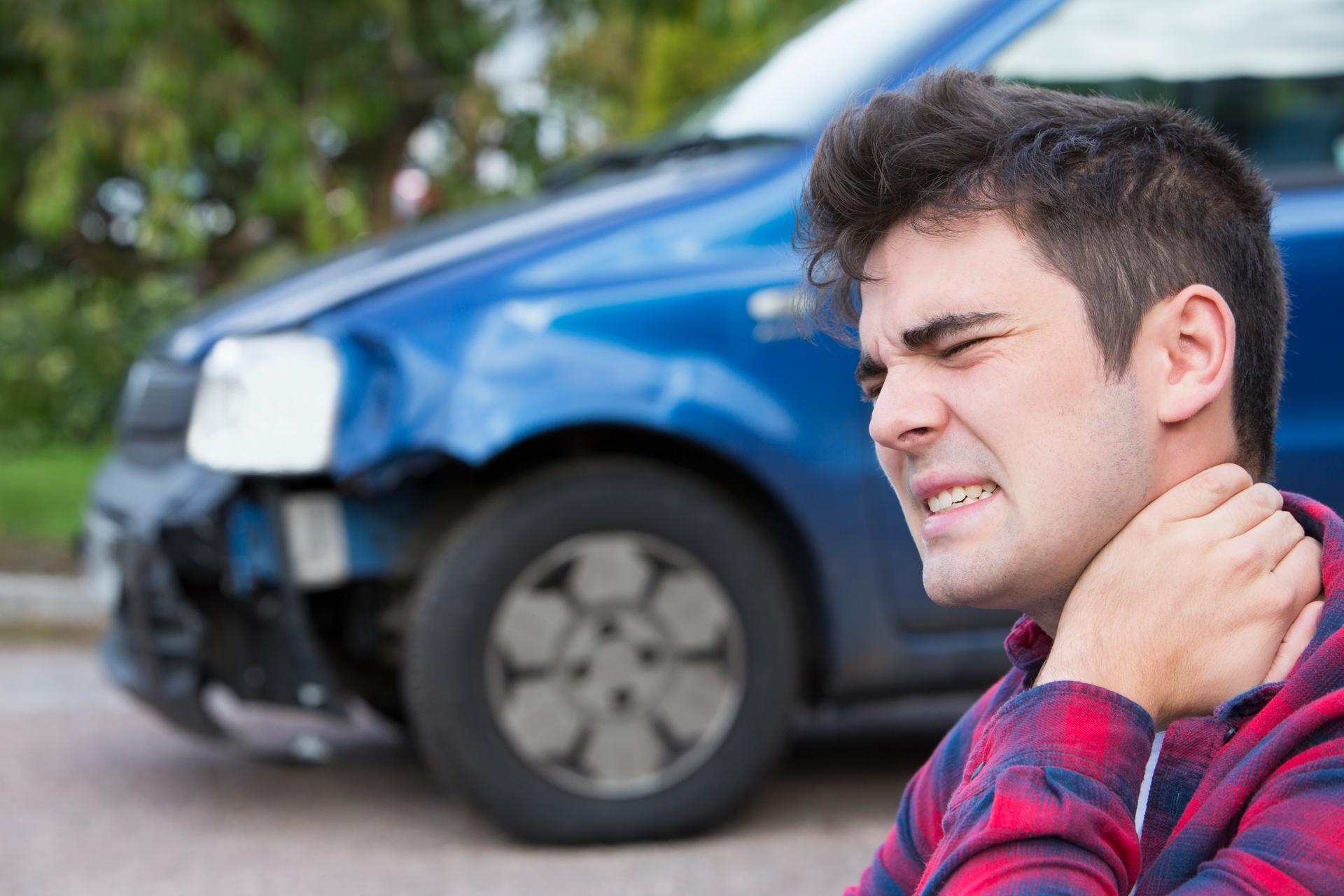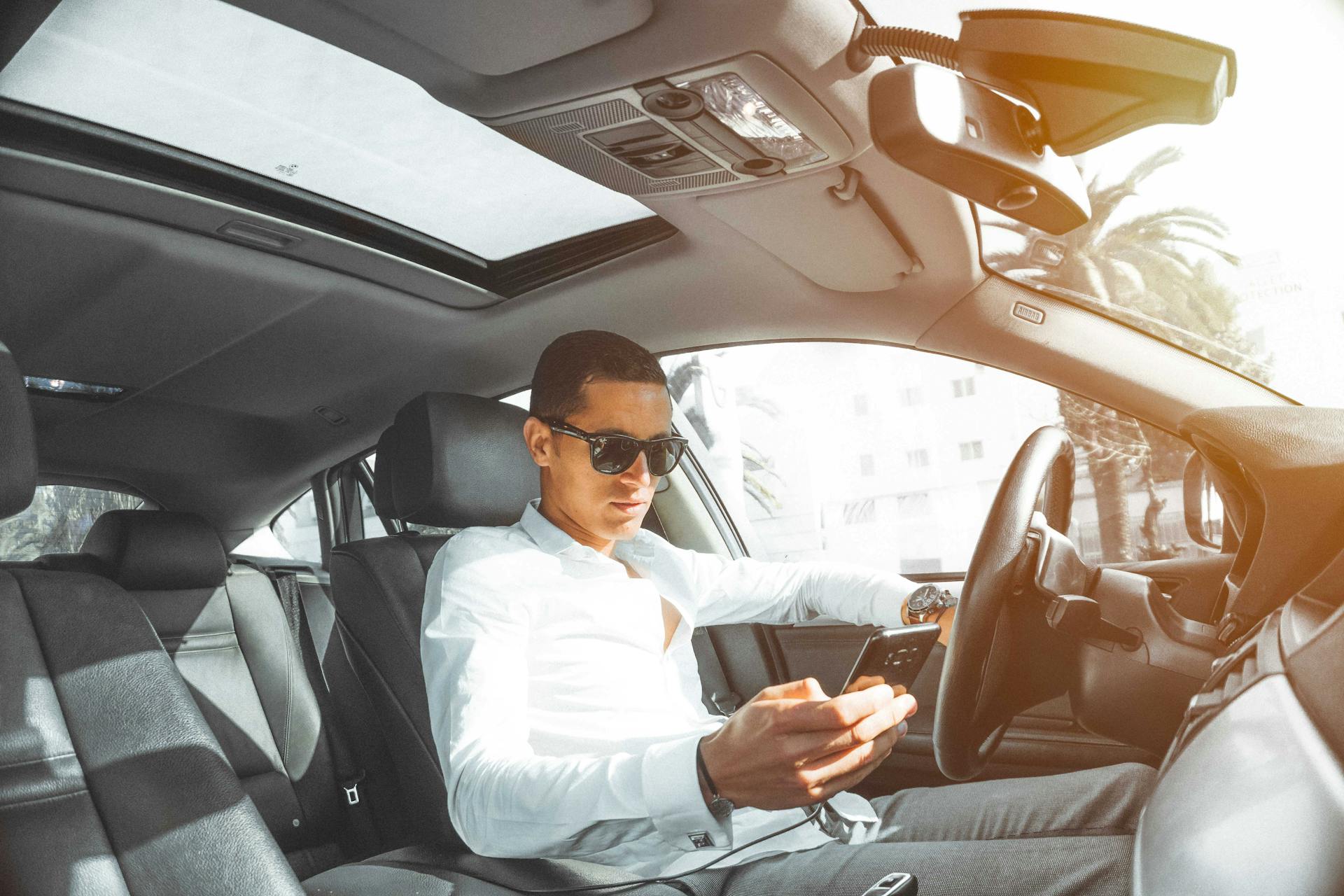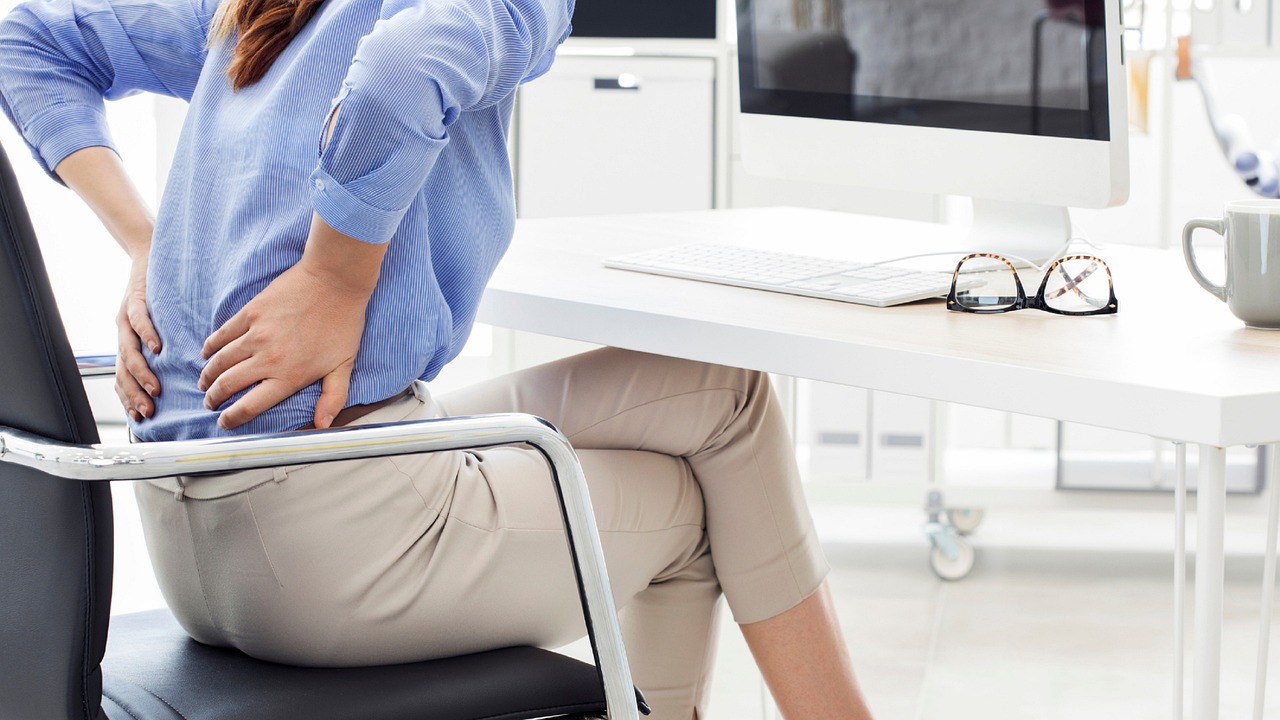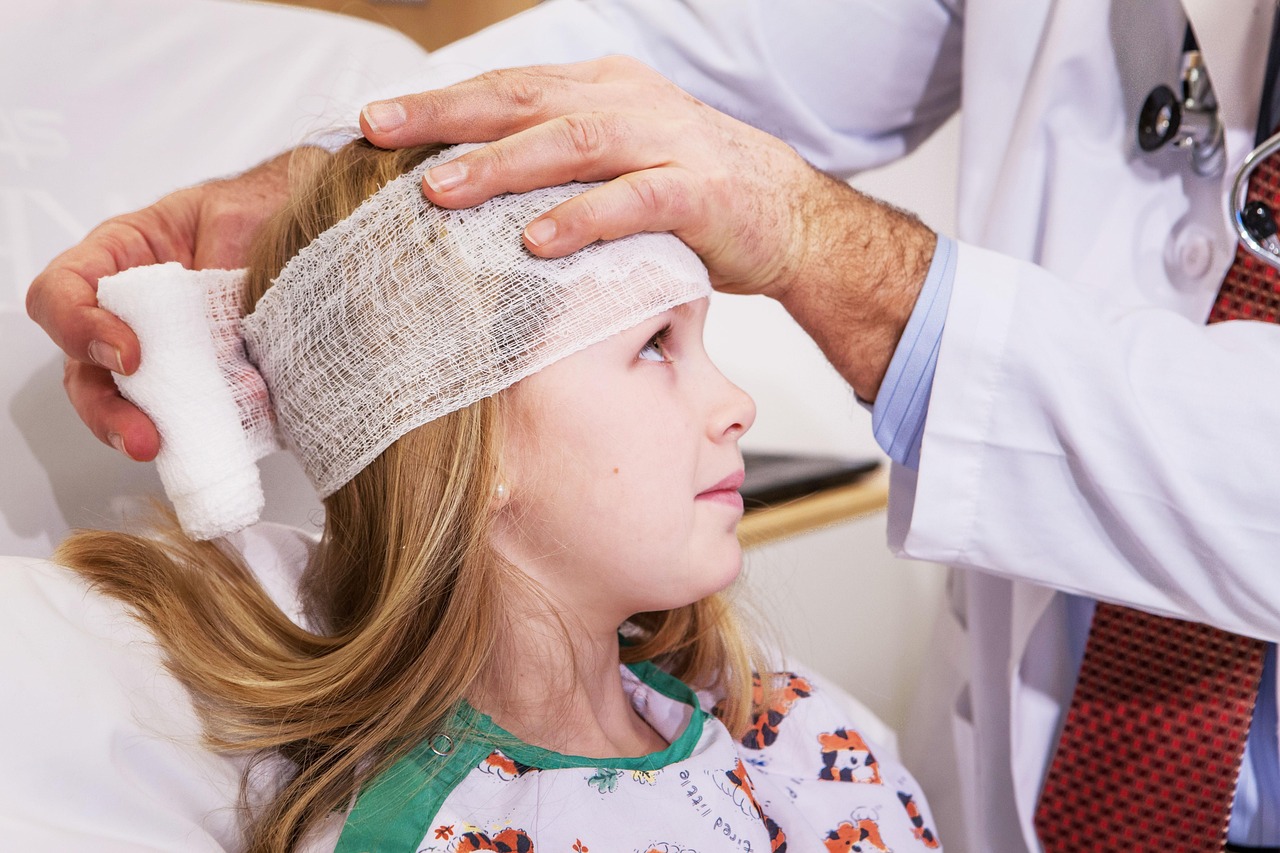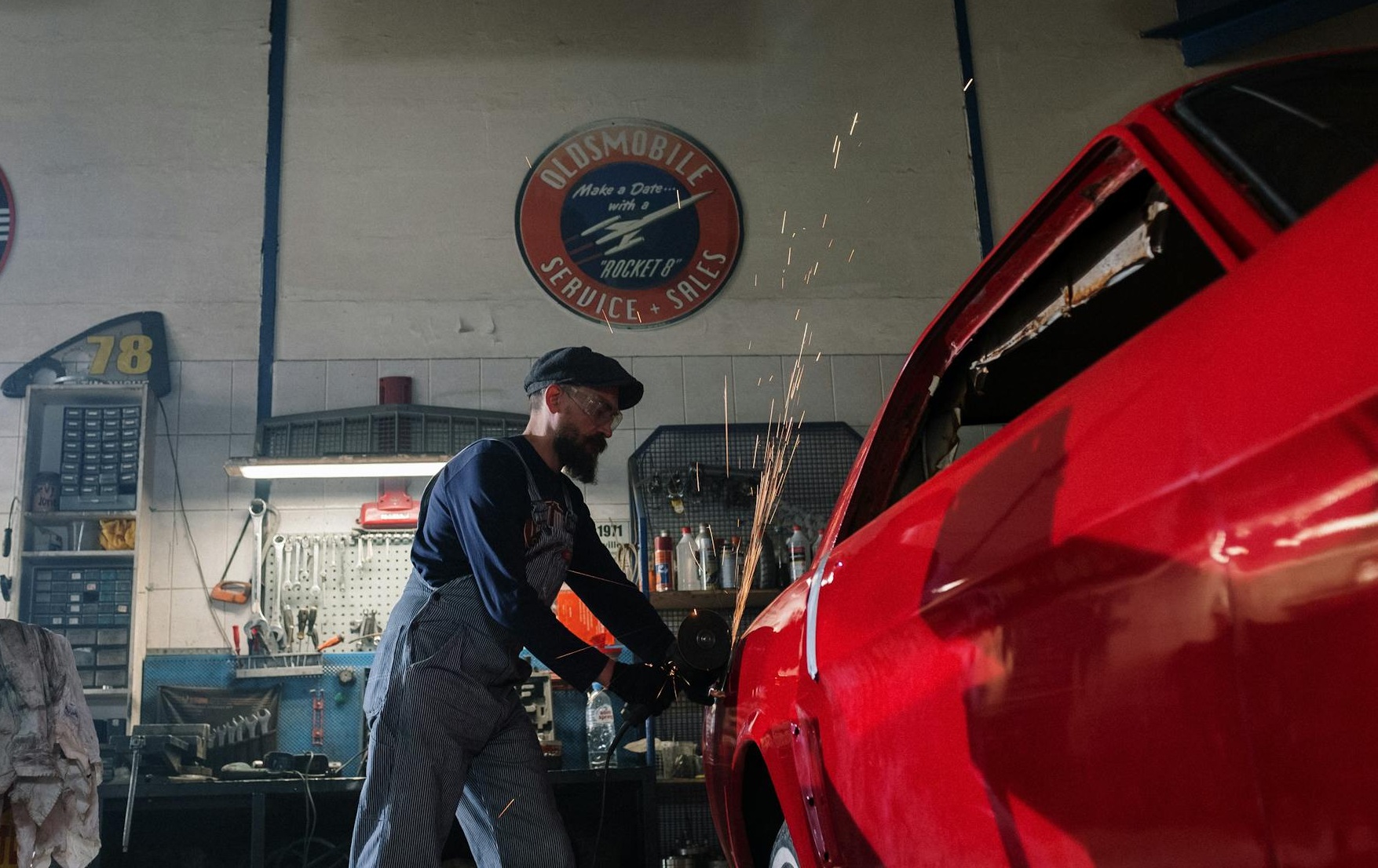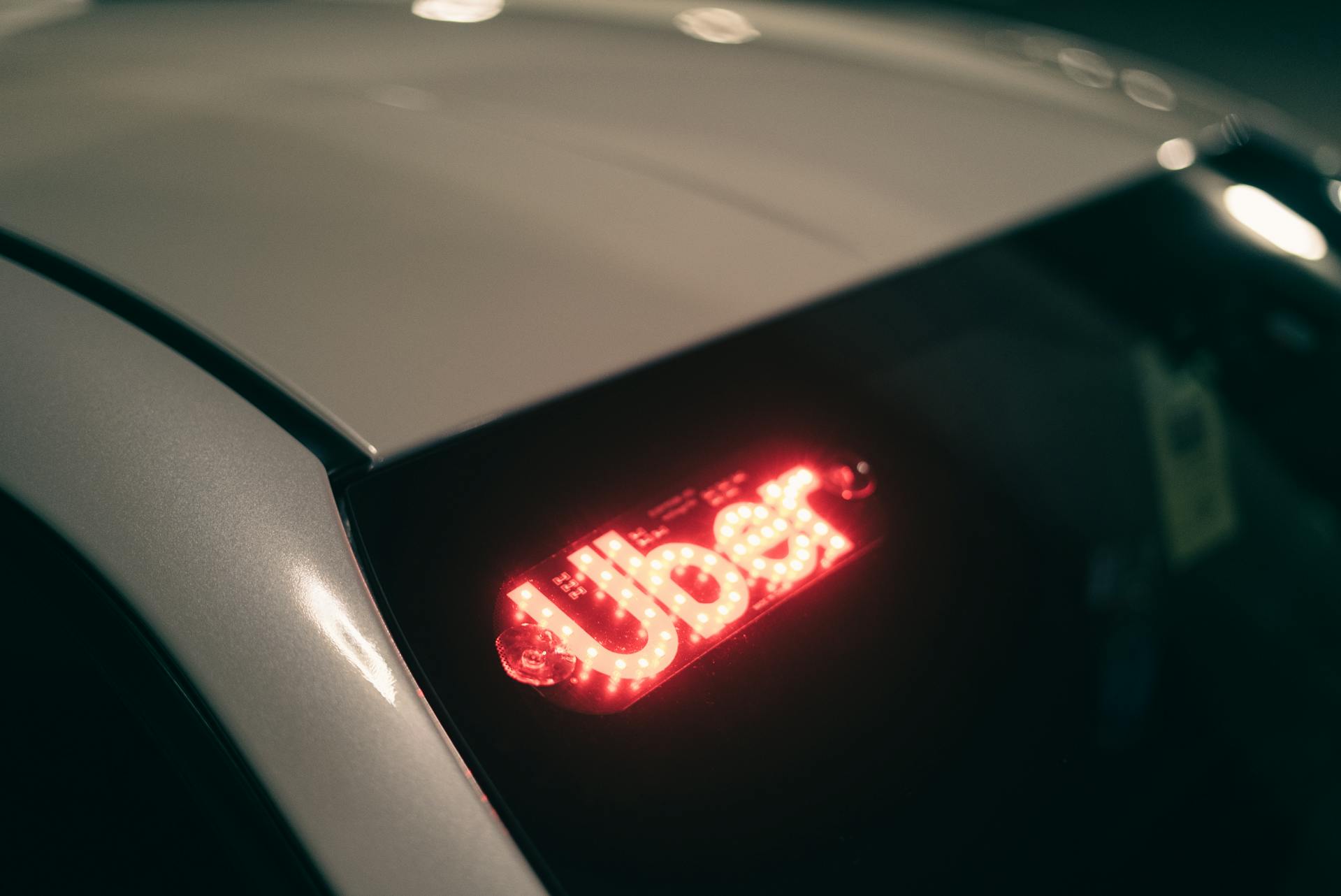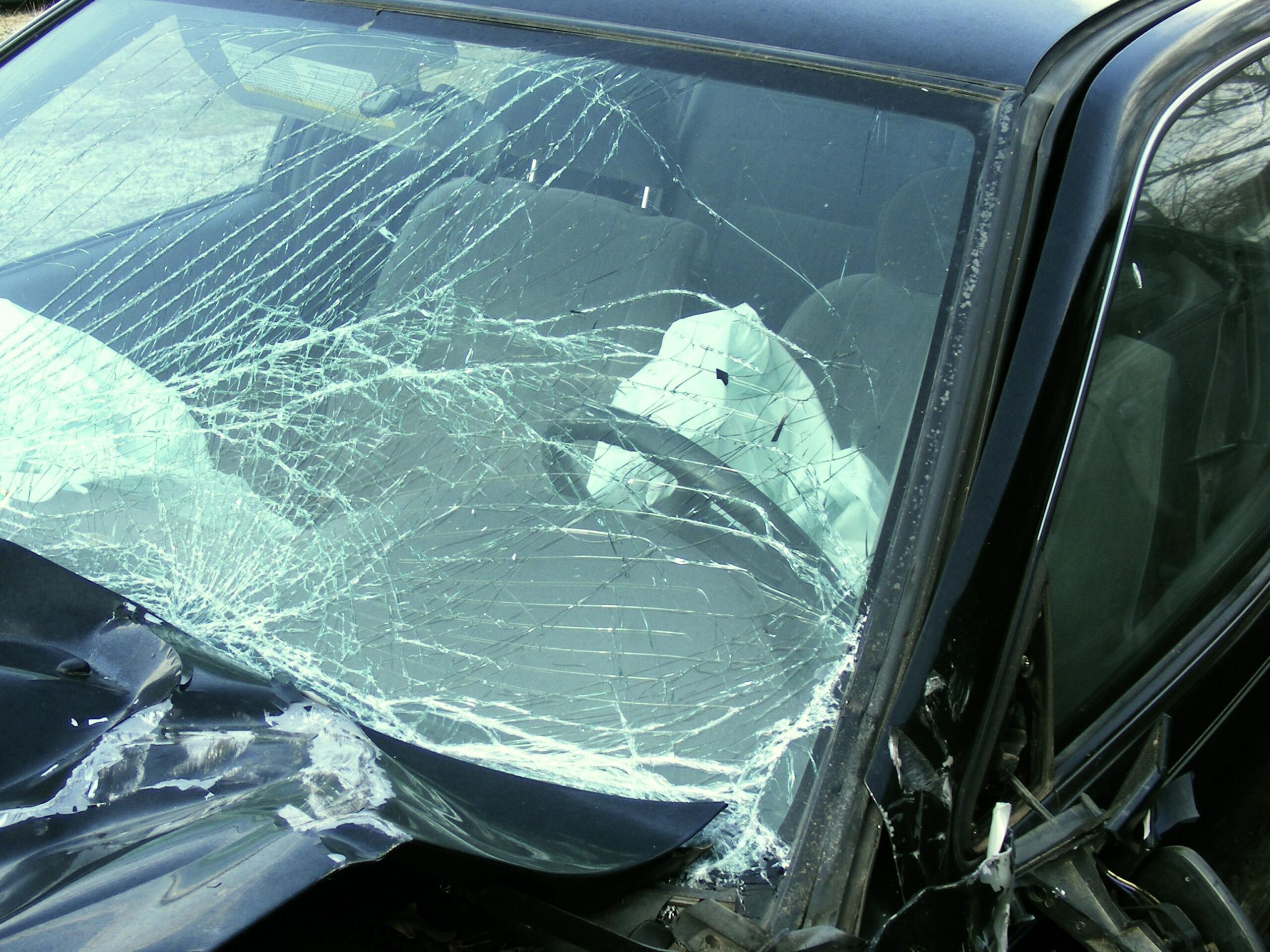A Minor Car Crash Doesn’t Mean Short-Term Pain
It was a seemingly minor car crash, caused by an inattentive young driver. Whiplash that should have been remedied with a bit of physical therapy, but Julie Roberts’ life was turned upside down when the pain wouldn’t go away. The X-rays showed that there weren’t broken bones, but a cyst formed in her spinal cord leading to a condition called syringomyelia – a painful spinal condition that threatened paralysis and ended her career as an airline pilot. That simple fender bender turned into a life-altering medical nightmare.
The Car Crash Captain, serving Richardson, Texas and the surrounding areas, looks into what can happen, and what you should know before it’s too late.
Minor Doesn’t Mean Temporary
A rear-end crash creates a force that doesn’t look that bad on paper. But the body isn’t designed for those types of jostles and jolts; it can easily be injured when muscles, ligaments, discs, and nerves are damaged. This damage won’t show up on X-rays and often not even on CT scans. But the pain can be intense, and endure for a long time after the wreck.
These long-term pain mechanisms are well-documents in medical literature. But they are rarely acknowledged by insurers right after the crash. In fact, most of the time the insurers want you to believe that your pain is temporary and will fade quickly. Their goal is to get you to accept a settlement that won’t cover the long-term care that you need for a full recovery.
The Hidden Economic Costs of Long-Term Pain
There are two types of pain: chronic and acute. Acute pain is one that comes on quickly and goes away when the body heals. When you hit your thumb with a hammer, it hurts. When the thumb heals, the pain goes away. If you hit your thumb with the hammer and break something in the joint, your thumb might heal, but the pain lasts for years to come; sometimes the rest of your life.
If you’re injured in a seemingly minor car crash, the pain can become chronic, and ripple through the rest of your life.
Productivity and work can be disrupted. In fact, the CDC estimates that injuries from nonfatal car crashes contribute to $69 billion in lost productivity costs here in the US (for 2019).
To make matter worse, victims now have ongoing medical and rehabilitation costs too. Persistent pain leads to repeat visits to the doctor, physical therapy, diagnoses (sometimes misdiagnoses), medications, and treatments. Months or years later, the medical bills are still piling up, and insurers don’t want to cover them (especially without strong documentation). If you’ve settled already, they might not legally have to cover your ongoing medical bills.
That loss of productivity and loss of satisfaction at your job, accompanied by constant pain and medical care leads to a dramatic decrease in quality of life. You can’t earn money, you’re spending a ton on medical costs, and everything is snowballing. That minor car crash injury has suddenly turned your life upside down.
Delayed Symptoms Can Kill a Claim
Most injuries have symptoms that show up at the time of the wreck or shortly after. If you hit your head, once the adrenaline calms down, you notice the pain. But there are some injuries that won’t show up until much later.
A lot of neck or back injuries don’t fully manifest until a few days or weeks later. Pain, stiffness, loss of mobility, and nerve symptoms can appear slowly, and you don’t realize you’re not okay until much later.
When you try to add these issues to your claim, insurance companies may argue that these symptoms aren’t related to your wreck. Since they weren’t documented at the time of the crash, they believe it’s a secondary issue that has popped up.
This is one of the big reasons to be fully checked out medically, even after a minor car crash that had seemingly minor injuries.
Herbert Law Group Helps Minor Car Crash Victims
All of this means you need a strong car crash lawyer on your side. Herbert Law Group helps victims in the greater DFW area push back against the insurers. No matter if you have minor car crash injuries, or something that was major or killed a loved one, we are here to help.
Let’s start by getting to know you, and figuring out what happened and how we can help. Call our offices at 214-414-3808, or fill out the contact form on our site, and we’ll have a free conversation to form a plan.
